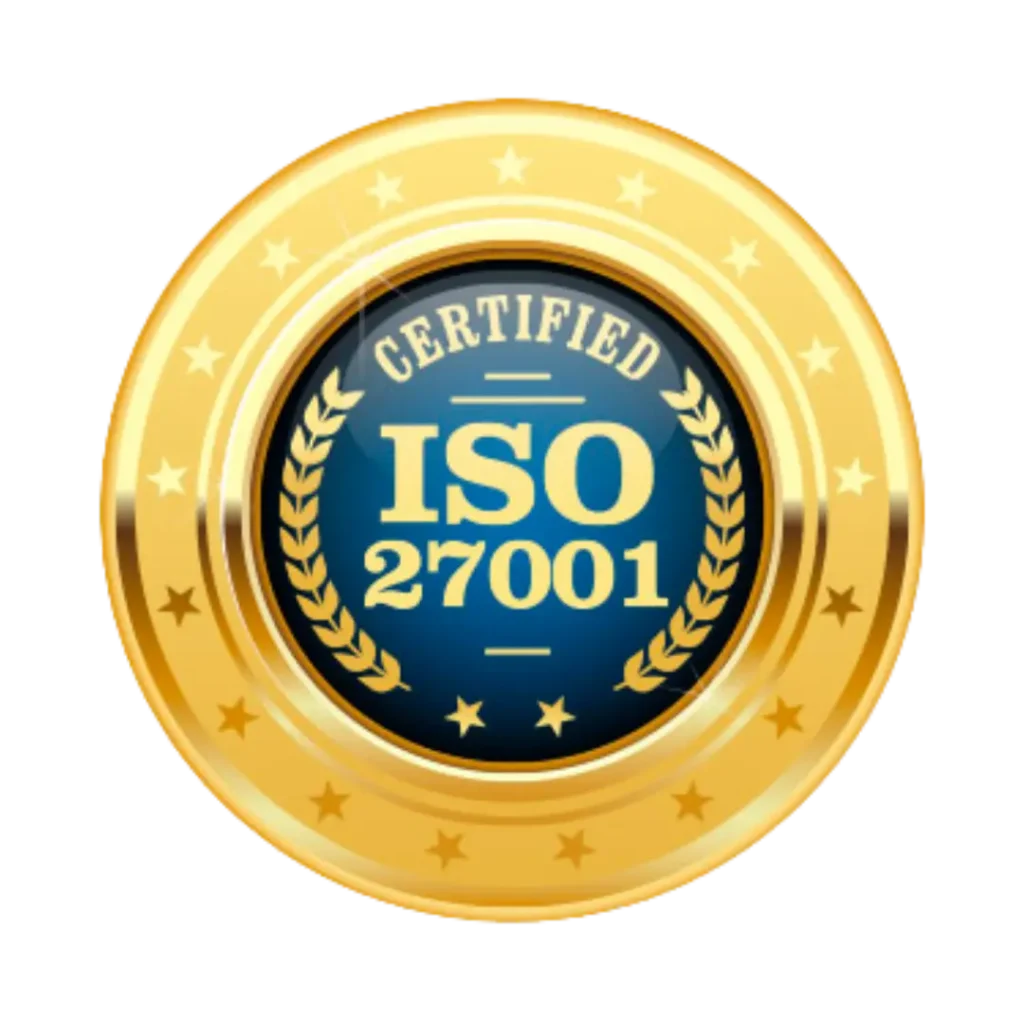The Benefits of Using Employee Transport Software for Your Business

Introduction
One question that many corporate houses ask themselves is whether it is worth their while to use employee transport management software at all. Here, the system automatically updates any change or alteration in a driver’s schedule and the changes are reflected on the software interface. The changes are also saved when loading up to the next day.
While we tend to take employee transport management for granted, the truth is that it is quite a complex process. When all said and done, this process occupies a very large chunk of human capital. The failure to develop a modern system for managing employee travel can be bad for business in a number of ways.
The majority of businesses still use phones and paper notes to communicate. Numerous issues arise as a result, including managing scale, numerous locations, and different work shifts. Management is abruptly faced with rising costs, stagnant revenue, a lack of data, and accountability. Through “band-aid” spending and initiatives to maintain staff transportation, it urgently battles fires. In turn, this raises costs and lowers efficiency. It’s a downward spiral that is nasty.
These problems are resolved by an Employee Transport Automation system that makes use of a GPS tracking device/ Mobile Phone. This is a closed-loop system that makes it possible to provide end-to-end employee transportation options. It addresses transport challenges such as the demand-supply gap, safety concerns, and a lack of technology, and it establishes a controlled environment with a tailored environment for all stakeholders (managers, employees, drivers, and management) to connect easily.
Contents
The following are the main advantages of employee transport management software
There are several benefits for companies using an employee transport management software, including:
1. Enhanced Workforce Efficiency
The primary advantage of automation is probably increased resource efficiency. It not only achieves the best cost and scheduling efficiency, but it also gives management the ability to keep control of a complex, difficult, and frequently bottlenecked operating region. It also frees up employee work time for other, frequently more crucial, activities.
A large and experienced team would be required, for instance, to manage a sizable employee transportation system for an organisation with multiple shifts, 24/7 operations, numerous pickup and drop-off locations, and different classes of vehicles to accommodate different employee levels while maintaining legal safety protocols.
Automation is a “must-have” in this circumstance rather than just a “nice-to-have”. The advantages of a transport automation system with a GPS tracking system/Mobile Device integrated include fleet deployment and planning, tracking and monitoring, and accounting and invoicing. It conveniently resembles the pervasive “app-based taxi services” that everyone utilises today for its users.
2. Optimal Cost Control
Pen and paper-based manual transportation methods increased operating costs on multiple levels. Traditional car services used by businesses typically tacked on a set price (sometimes very high amounts) for each employee journey. In order to minimise complicated invoicing calculations, costs were smoothed.
However, if the cost-per-km was recalculated, for example, if employees lived close to the business, this frequently led to firms paying a significantly larger rate.
First off, businesses can use customised models of employee transport management software based on distances documented thanks to the agility of an automated transport system integrated with a GPS tracking system/mobile devices . Mileage travelled by each vehicle may be tracked using modern GPS monitoring. As a result, businesses may determine their expenses precisely based on variables such as distance, duration, fuel economy relative to traffic, etc., and reach an agreement with the vendor on reasonable prices of service. This generates considerable savings. Companies can save up to 20% by balancing cost and distance.
Second, automation makes it possible to organize a fleet effectively by creating new routes each day depending on pick-up and drop-off requests, vehicle grades, scheduling, etc. This lowers the cost by an additional 5–10% and allows for optimal vehicle occupancy.
Reduced human expenses: Companies must balance resources vs. cost because manpower costs are frequently the greatest line item. The amount of time that employees spend on low-value administrative labour must be reduced by managers, and automated technologies must take their place.
Reduce fuel waste by making efficient use of your vehicles to end dry runs, which are particularly expensive when they occur frequently. Poor route design, incorrect scheduling, drivers receiving trip sheets from numerous locations, subpar vehicle optimisation, lack of staff absence notification, etc. are some of the causes. This is eliminated by an automated system, which also permits efficient vehicle use.
3. Cloud based web application
Modern GPS tracking systems are accessible from anywhere and are hosted in the “cloud”. Since the Transport Manager has complete control over the operations through the cloud interface, he oversees every element.
A rapid overview of all trips and issues that need to be resolved is provided through an operations dashboard. A strategic view of corporate operations and a profitability analysis are both provided by the management dashboard.
4. Comprehensive Coverage
The journey function can be completely covered and mapped using a GPS tracking device/MobileDevices . The Master Interface is used by the travel control desk to monitor bookings, assign employees to groups according to the regulations that apply, and follow vehicles until all employees have arrived at their destinations safely and on schedule.
Emergency pauses and unexpected delays are specifically reported and documented when routes deviate from those planned in advance. Tracking of female-only passenger vehicles is more thorough. So that no places are unmapped or unmonitored, the best GPS tracking systems may adapt their services based on specific customer needs.
To gain insight, daily data from completed trips, drivers, staff, and transport managers is mined. This offers knowledge for innovation and constant improvement.
5. Increased Employee Safety
For transportation systems, personnel safety and security are of utmost importance. Multiple work shifts, 24/7 time cycles, and an increase in the hiring of women for various professions are all features of modern businesses. Therefore, it becomes crucial for businesses to offer employees secure transportation.
An inbuilt panic button, fully networked software-based emergency alerts, real-time vehicle tracking, background checking, and number-masking capabilities are all features of a GPS tracking system that eliminates the need for employees and drivers to disclose their phone numbers. Employee safe boarding and alighting notifications to the Master Interface are also enabled.
These features give businesses the tools they need to keep their employees’ transit systems secure and build a reputation for employee safety, which enables them to recruit the right staff.

6. Driving behaviour observation
Transport Managers provide detailed information on driving patterns using cutting-edge AI and smartphone sensors built into cars and driver phones. This helps to identify dangerous driving, decrease accidents, control insurance costs, avoid staff absences, assure prompt vehicle maintenance, and enable essential quick response.
Driver Profile: Businesses incorporate driver profiles into these systems so that employees may access their information, rate drivers, and offer feedback about their actions and driving prowess.
These choices guarantee the security and happiness of employees. Companies that offer effective transportation services entice higher calibre workers, which eventually boosts the bottom line of the business.
7. Enhanced Worker Productivity
An automated transport system with a GPS tracking system/ Mobile phone has the added benefit of improving employee productivity while also being cost-effective.
Late arrivals, confusion, and tension are the results of poor route design and fleet management. This lowers productivity and is exacerbated in high-intensity, time-sensitive industries, such as IT and BPO. Longer commute times may also hurt workers’ health and increase labour turnover.
Automated Routing and Scheduling Engine: This engine uses artificial intelligence to detect and adapt to daily changes in traffic congestion, staff numbers, timetables, etc. Vehicle routes and utilisation are optimised to save travel time, increase seat utilisation, and preserve safety. In the end, this boosts output and income
Travelling quickly between home and work enables employees to achieve the coveted “work-life balance” and inspires them to perform hard at their jobs.
8. Upholding Legal Compliance
Since transport has traditionally relied on phones and paper, problems like income leakages and corruption are widespread; yet, compliance is crucial because it is a corporate item that is rigorously reviewed. The whole system is digitalized via an automation tool, which also enables large-scale control and cloud-based data storage.
The automatic billing system makes it simple to rectify data, maintain compliance, and run the system without making any mistakes.
9. Effective MIS
Contemporary transport software that includes a GPS tracking system offers insightful analytical data that can be used to maintain the right number of fleet vehicles, create a culture of safety, improve customer satisfaction, implement effective policies and procedures, and manage a sustainable and cost-effective fleet.
As a result, your GPS tracking system’s essential components must be:
- Automated Master Interface
- Scheduling & Autorouting
- Live Monitoring
- Customizable & Flexible Integration of Live Analytics with Existing Systems (such as HRMS)
- Cost Optimisation for E-trip Sheets
- Billing & Documentation Instant
- MIS Reporting
Final Thoughts
Companies are under intense pressure to maintain Revenues & Costs in today’s highly competitive global marketplace. To control costs and maximise employee workdays, they can automate staff transportation utilising a GPS tracking device/ Mobile Phone. It is becoming a crucial necessity rather than a luxury.
Neoffice Workplace Management Solution
Neoffice Employee Transport Management Solutions is a complete solution which covers the entire lifecycle of transport from demand to fulfilment to payment to the vendors , all on one platform. It incorporates many safety features like Live trackking , Safe drop confirmation , panic alarm on both employee and driver mobile and the solution can help the client optimise their costs with automatic allocation of vechicles , intelligent routing etc.
To know more about how Neoffice can help you in automating your employee transport operations please do write to us at hello@neofficesoftware.com
Neoffice is built with a suite of workspace tools that help employees choose how and where they work while providing organizations with a platform to manage their hybrid workplace with ease and complete control.
The solution comes with 9 features on one single app – Team planner to manage a collaborative effort for a team, Seat Scheduling, Meeting room Booking, Hot Desking, Car park Slot Booking, Digital cafeteria to pre-order your meals at work, Employee commute solution, Survey forms. All Features are modular and the client can choose to subscribe to the relevant solution.
To know more about the solution, do drop a mail to hello@neofficesoftware.com or a call us on our Helpline +91 80 4680 5757

